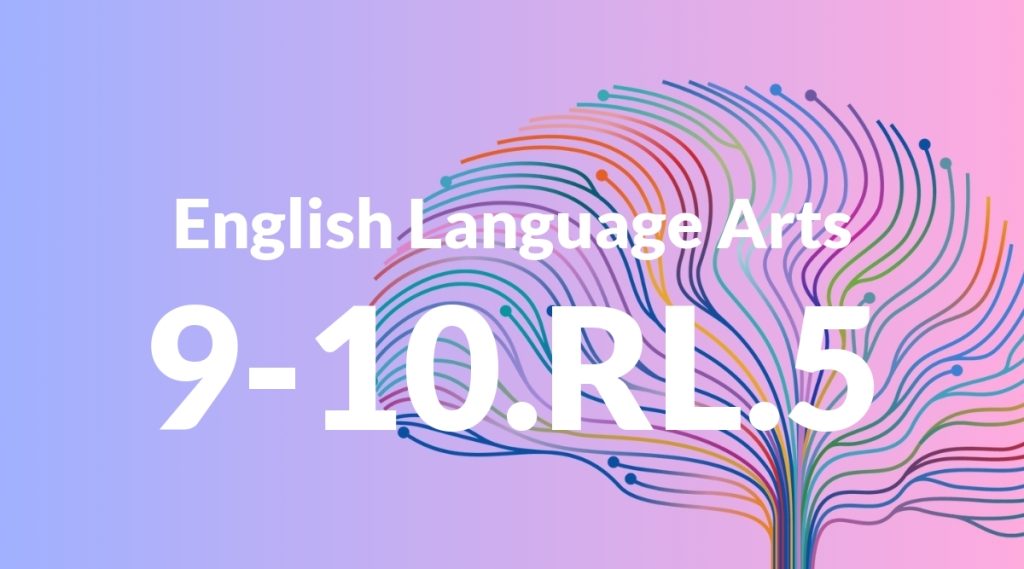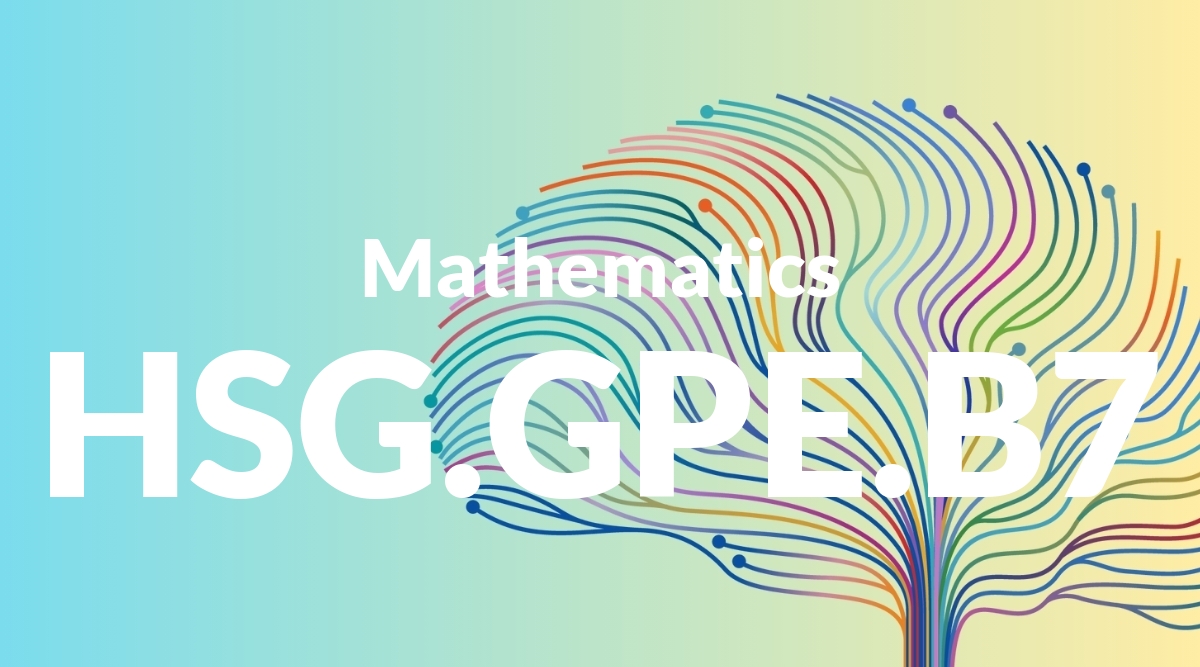Standard: 9-10.RL.5 – Analyze how an author’s choices concerning how to structure a text, order events within it (e.g., parallel plots), and manipulate time (e.g., pacing, flashbacks) create such effects as mystery, tension, or surprise.
Grade level: Grade 9-10
Subject: English Language Arts
Domain: Reading: Literature
Teacher Overview
This standard focuses on analyzing how authors structure their texts and manipulate time to create specific effects such as mystery, tension, or surprise. Understanding these techniques is crucial for students as it enhances their ability to critically engage with literature and appreciate the craft of writing. Students should be familiar with basic narrative elements and structures, as well as literary devices such as foreshadowing and flashback. This foundational knowledge will enable them to better understand and analyze the more complex narrative techniques discussed in this standard.
Students will develop the ability to critically evaluate complex literary works and understand how authors’ structural choices impact the reader’s experience. They will also gain skills in creative writing, applying different narrative structures and time manipulation techniques in their own compositions.
Common Misconception 1
A common misconception is that all stories must follow a chronological order. This is incorrect because many authors intentionally use non-linear narratives to enhance the storytelling, create suspense, or provide deeper insights into characters and events.
Intervention 1
To address this misconception, introduce students to various non-linear narratives through short stories or films. Discuss how these structures contribute to the overall impact of the story and encourage students to experiment with these techniques in their own writing.
Common Misconception 2
Another misconception is that manipulating time in a story is meant to confuse the reader. In reality, techniques like pacing and flashbacks are often used to build suspense, develop characters, or reveal important information at strategic points in the narrative.
Intervention 2
Provide students with examples of effective time manipulation in literature. Analyze these examples in class discussions or group activities, focusing on how they enhance the story and engage the reader.
Prerequisite Knowledge
Students should have a basic understanding of narrative elements such as plot, character, setting, and theme. They should also be familiar with different types of narrative structures, such as linear and non-linear plots, and have some experience in identifying literary devices like foreshadowing and flashback.
Subsequent Knowledge
After mastering this standard, students will be able to critically evaluate more complex literary works and understand how authors’ structural choices impact the reader’s experience. They will also develop skills in creative writing, applying different narrative structures and time manipulation techniques in their own compositions.
Instructional Activities
- Analyze the structure of a novel or short story in small groups.
- Create a timeline of events for a non-linear narrative.
- Write a short story using flashbacks or parallel plots.
- Discuss the impact of pacing in a suspenseful story.




